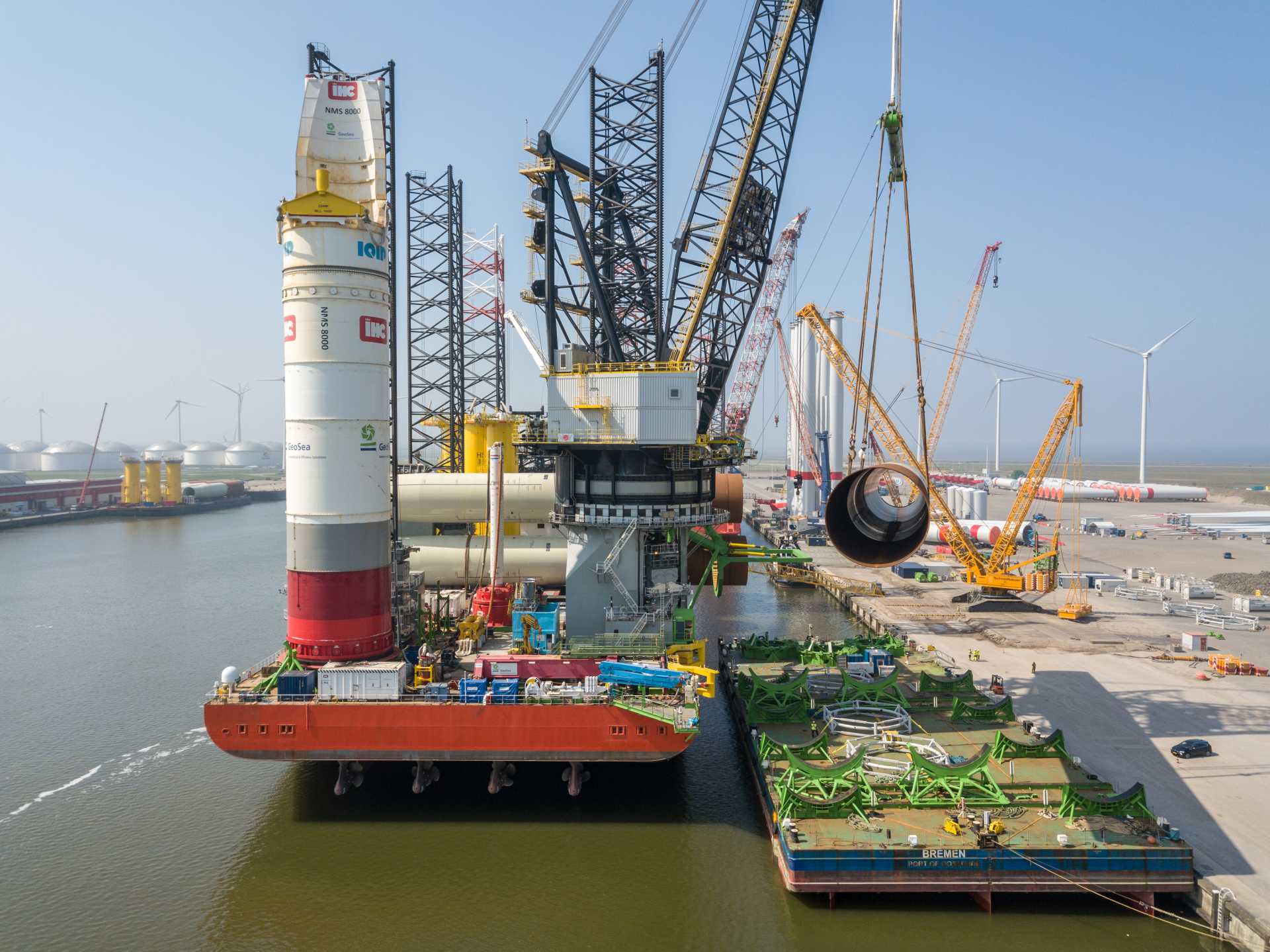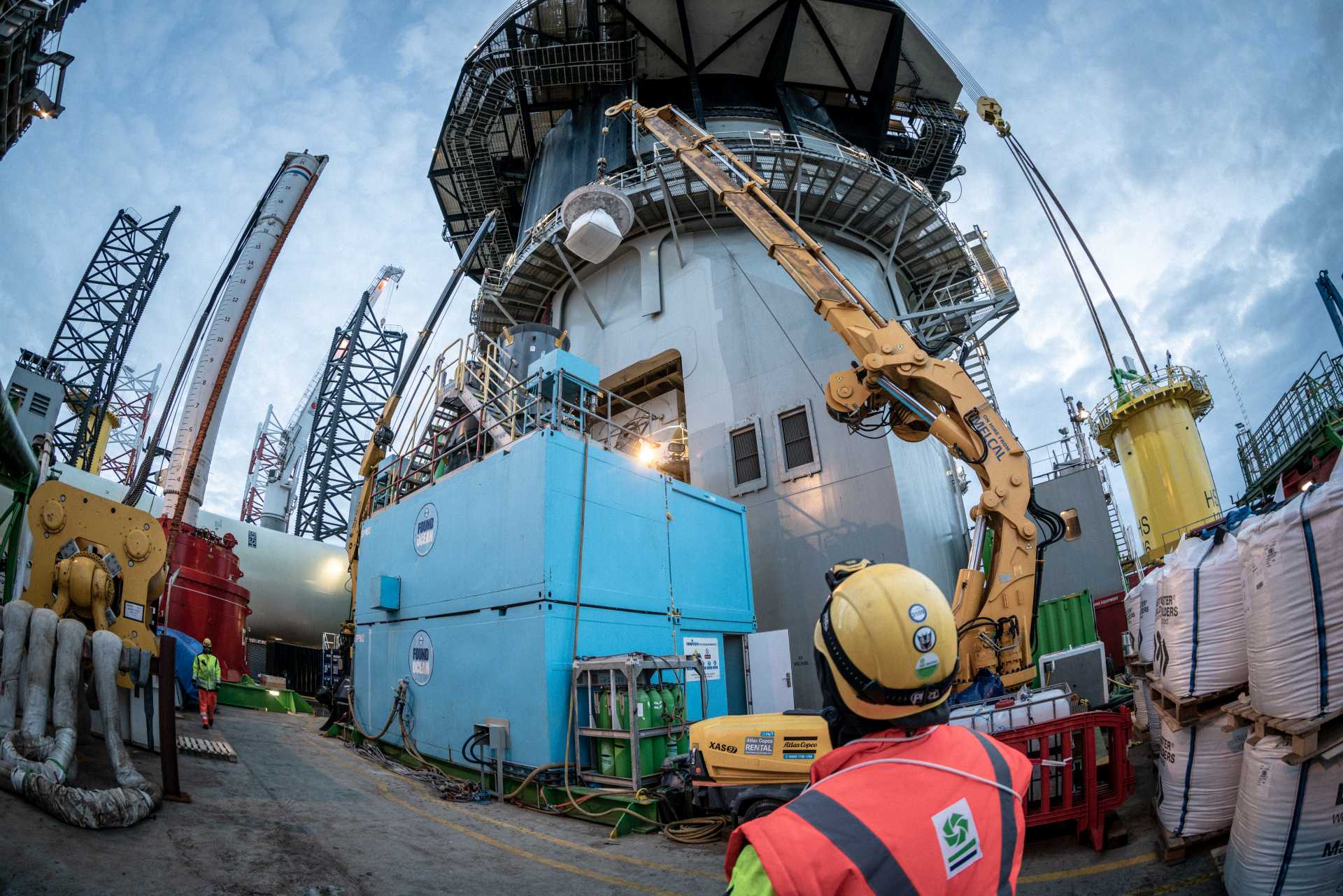REMOTELY OPERATED VEHICLE
REMOTELY OPERATED VEHICLE (ROV) FOR UNDERWATER OPERATIONS
Remotely operated vehicles (ROV) are used for a variety of underwater tasks and inspections on offshore structures. The robot is launched into the water from a vessel or a platform and are remotely controlled with an umbilical cable. Small robots equipped with cameras are often used for visual inspections of offshore structures below water. Bigger ones, on the other hand, tend to have flexible tools such as manipulator arms, cutting and separating tools, cable and tube detectors, jetting and suction pumps and a range of video cameras. Diving robots can be universally deployed in water depths of a few meters up to thousands of meters. Depending on their propulsion concept, they can also work in currents and ensure long operating periods in round the clock operation mode. ROVs have proven their worth in risky operations and at great water depths, and are a helpful tool in today’s offshore sector. Typically, an ROV is operated and maintained on board by a team of up to six members.



